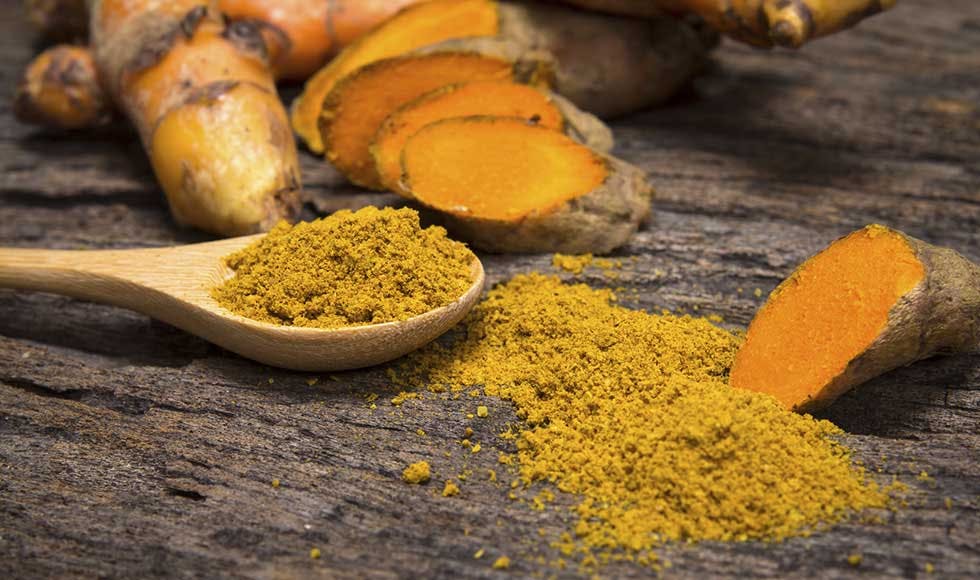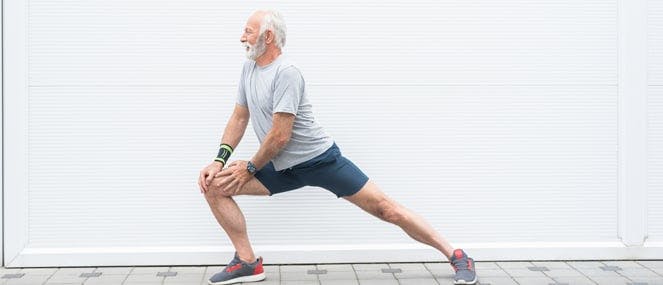
- Health hub/
- Arthritis, joint, bone & muscle/
- Arm and Hand Pain - Causes and Treatment


Hand Pain
Causes of hand pain
Here are some common muscular causes of hand pain:
- Inflamed tendons: Tendonitis is when a tendon becomes inflamed after a tendon injury. For example, trigger finger is a condition that leads to swelling in the tendons that control finger bending.
- Sprains: For instance, skier's and goalkeeper's thumb, the most common of all ligament tears, is a tear of the ligament at the base of the thumb where it meets the palm. It’s usually caused by falling on an outstretched hand and thumb. Nonsurgical treatment involves splinting and casting.
Finger and hand pain treatment
- Rest your finger when you can.
- Put an ice pack (or a bag of frozen peas) in a towel and place it on your finger for up to 20 minutes every 2 to 3 hours.
- Take paracetamol to ease the pain.
- Stop or cut down activities that are causing the pain, for example, typing or playing an instrument.
- Remove any jewellery on the painful finger.
- Strap the painful finger to another finger next to it – put a small piece of cotton wool or gauze between the 2 fingers and use tape to loosely strap them together.
- Do not stop using your finger completely – after a few days, move your hands and wrists moving with gentle exercises to help ease pain and stiffness.
- Wrap a bandage around your hand to support it.
- Do not use ibuprofen in the first 48 hours after an injury.
- Do not use heat packs or have hot baths for the first 2 to 3 days after an injury.
- Do not lift heavy objects or grip anything too tightly.
Prevention of hand pain
The following tips may help prevent injury to the fingers and hands:
- Regular hand and arm muscle strengthening exercises.
- Reduce the speed and force of repetitive movements in daily activities such as typing, sweeping, playing sport or writing.
- Shift hands when holding objects for a long time.
- Ensure workspace is set up ergonomically for your wrist, arms and hands.
Arm pain
Upper arm pain is usually felt around the top of the shoulder, extends down the arm, and is particularly strong when the arm is lifted over the head such as when throwing a or lifting your arm up to swim.
Forearm pain is often accompanied with reduced strength.
Causes of arm pain
- Injury or overuse: In the arm, there is a synovial sheath of connective tissue that protects the tendons and allows for their smooth movement. An injury to the tendon or overuse can result in irritation, causing inflammation.
- Repetitive movements of throwing a ball, swinging a tennis racket or swimming freestyle can lead to wear and tear type of injuries like strains, sprains, bursitis, and impingement.
- Overuse, weak muscles, improper or poor technique, and overly strenuous training can also cause upper arm pain. Overuse is considered to be the most common cause of upper arm pain.
- Tennis elbow: This is caused by repetitive overuse of the wrist and forearm muscles during gripping activities. It can lead to inflammation of the tendon fibres that attach the forearm muscles to the outside of the elbow. Tennis and golf players are often impacted, but it can also affect you if you twist your wrist repeatedly, or if you type on a computer keyboard without proper support.
The main movement of the forearm is rotation, allowing for the important movement of supination (turning palms up) and pronation (turning palms down). It allows us to twist a doorknob or use a screwdriver. Many of the muscles that allow for gripping of the hand and wrist movement all originate in the forearm.
Treatment for arm pain
- Icing your upper arm several times per day may help.
- Compression bandages.
- Elevating your arm above your heart level may help to reduce swelling.
- Oral or cream anti-inflammatories may be used in conjunction with physical therapies to relieve pain.
- For any arm pain that is painful or restricting movement, it is important to stop activity that requires movement of that area, so as not to cause further irritation and settle symptoms.
- A tailored exercise program to build up the arms’ ability to tolerate load without causing an exacerbation.
- A slow return to full wrist movements and activities.
- Identifying and addressing the root cause of the problem, such as poor work set up or poor technique.
Prevention of arm injury and pain
Who to seek help from
See your doctor for advice and especially if you have ongoing hand and foot pain that doesn’t respond to non surgical treatments. They may be able to refer you to a physical therapist.
A physical therapist or occupational therapist can guide you through exercises to stretch and strengthen the muscles, to help absorb the stress on joints in the hand.
You can ask a pharmacist about the best painkiller to help pain in the short-term, as well as the best splint to support hand or arm.
Blackmores Health Hub provides a range of relevant articles and their online naturopath service can assist with products that your healthcare service providers may recommend to assist with your condition.




